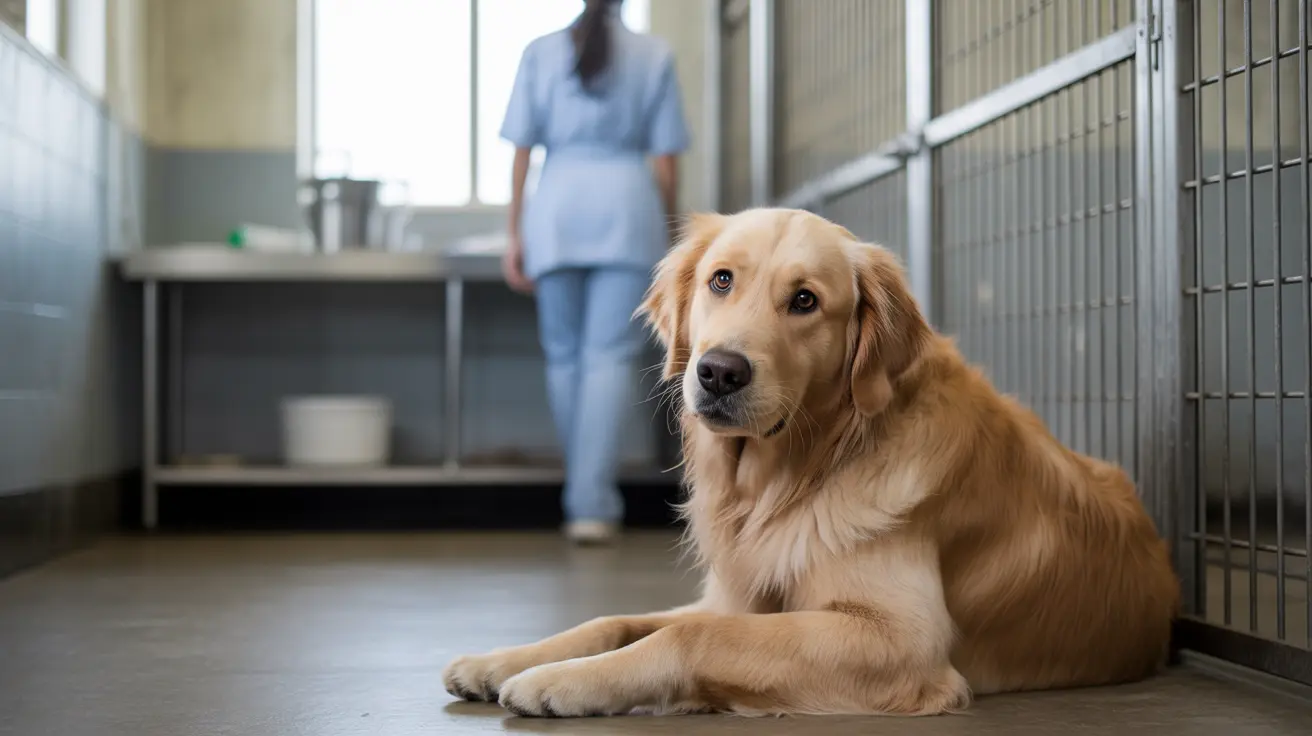Understanding Dewclaws: The Extra Toe on Dogs
When examining your dog’s paws, you might notice an extra toe situated higher up on the inside of the leg, away from the rest of the paw pads. This extra toe is known as a dewclaw. While most dogs have a total of 18 toes—five on each front paw and four on each rear paw—some also possess additional toes that do not touch the ground when walking.
What is a Dewclaw?
A dewclaw is the fifth toe located on a dog's front leg. It’s positioned slightly above the other toes and rarely makes contact with the ground. Similar to a human thumb, the dewclaw can have various uses, including:
- Grasping or gripping objects such as bones or toys
- Aid in climbing or maneuvering on rugged terrain
- Scratching hard-to-reach areas
- Providing extra traction when running
Front vs Rear Dewclaws
In most dog breeds, dewclaws are only present on the front legs. However, some breeds have single or even double dewclaws on their hind legs. These rear dewclaws can be a genetic trait favored in breeds adapted for specific terrains or working conditions. Breeds known to have rear dewclaws include:
- Beauceron
- Briard
- Estrela Mountain Dog
- Anatolian Shepherd Dog
- Icelandic Sheepdog
- Portuguese Sheepdog
- Saint Bernard
One unique breed, the Norwegian Lundehund, stands out for having six toes on each foot, including dewclaws, for a total of 24 toes. This adaptation aids the Lundehund in climbing rocks while hunting puffins in steep coastal environments.
Polydactyly in Dogs
The presence of extra toes beyond the common number is known as polydactyly. This condition may result from genetic mutation or be a purposeful reproductive trait in certain breeds. Functional dewclaws are typically bone-attached and serve practical purposes, while some rear or double dewclaws are skin-attached and more vulnerable to injury.
Is Dewclaw Removal Necessary?
Dewclaw removal is not always required and is generally discouraged unless medically necessary. Dogs with loose, dangling rear dewclaws—especially those prone to snagging or tearing—might benefit from removal. Most dewclaw removals are performed when puppies are 3–5 days old. If done later, the dog usually requires general anesthesia and sutures.
Key considerations:
- Front dewclaws help support a dog’s wrist joint (carpus), contributing to stability during movement. Their removal without clear medical reason is not advised.
- Rear or double dewclaws not supported by bone are more prone to injury and often removed to prevent future complications.
Maintenance of Dewclaws
If not removed, dewclaws require regular nail trimming. Because they don’t contact the ground, they don’t get naturally worn down and can easily become overgrown, ingrown, or damaged. Regular grooming routines should include inspecting and cutting dewclaw nails to prevent discomfort and infections.
Can Extra Toes Affect Health?
In most situations, dogs with extra toes do not experience health problems. However, certain complications can arise if the extra digits are loose or prone to injury. Monitoring your dog’s activity and paw health is essential, especially if they have additional toes or dewclaws susceptible to damage.
How Do Dogs Use Their Paws?
Dogs walk using a digitigrade posture, which means they walk on their toes. Their paws are multifunctional, adapted for:
- Shock absorption through padded paw pads
- Traction and balance on various surfaces
- Thermoregulation and sensation
Dewclaws, despite being higher up the leg, can still contribute to these functions, especially in active or athletic dogs navigating complex environments.
Conclusion
The dewclaw is the extra toe visible on many dogs, usually located on the front legs and, in specialized breeds, also on the rear. Though sometimes overlooked, dewclaws serve various beneficial purposes and require proper care to remain healthy. Understanding this unique anatomical feature helps dog owners make informed decisions about grooming, health, and potential medical interventions.





